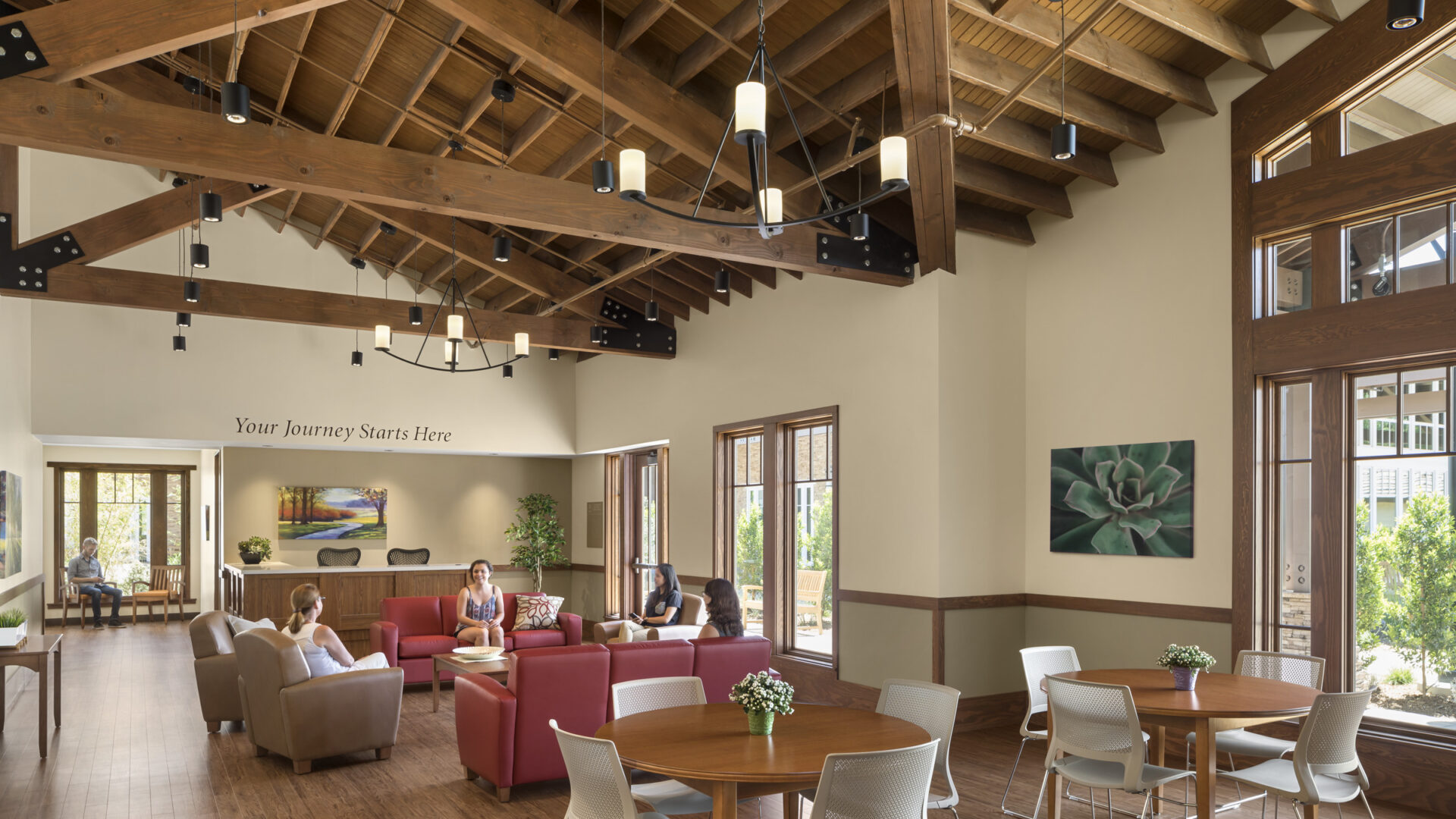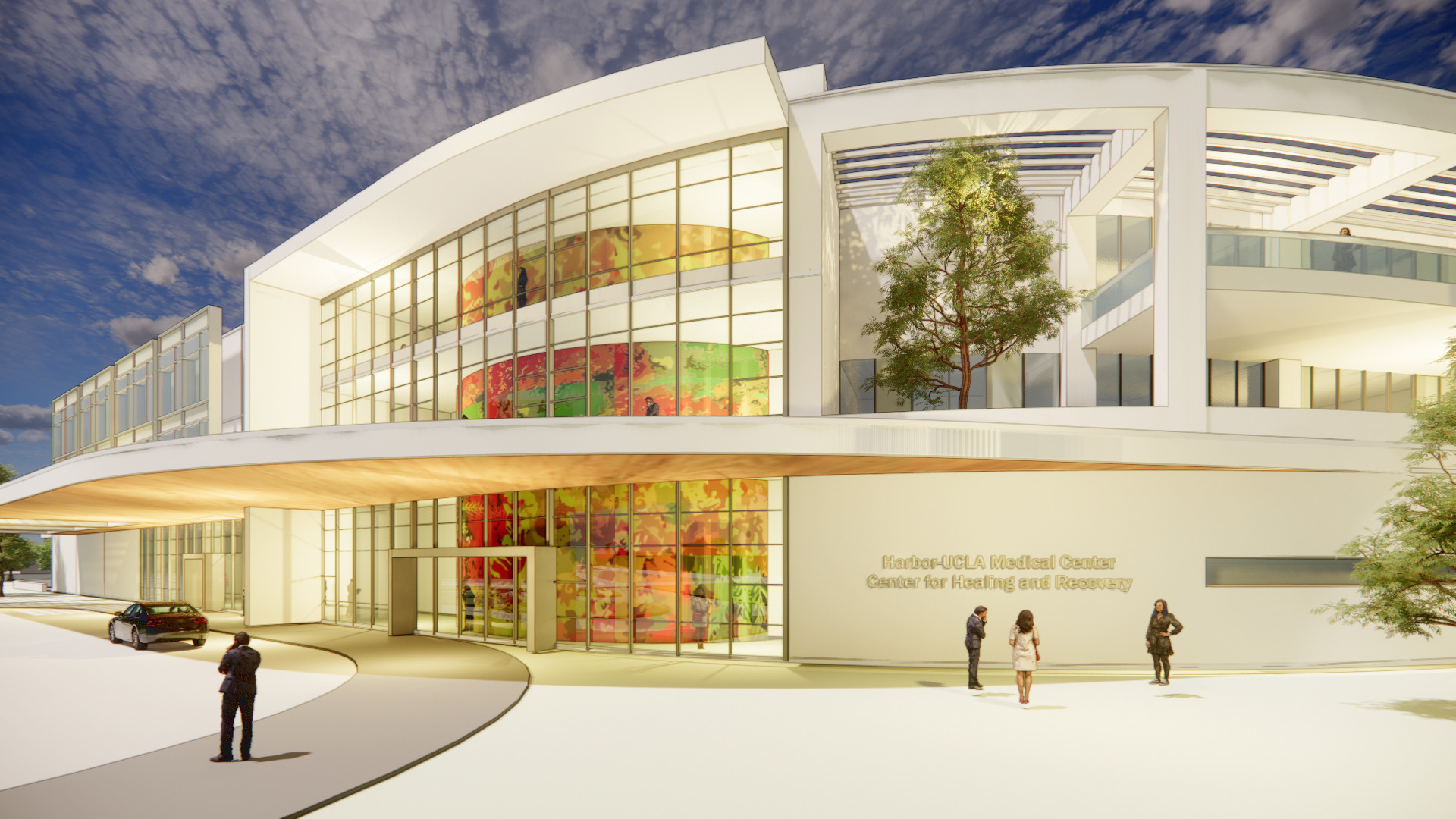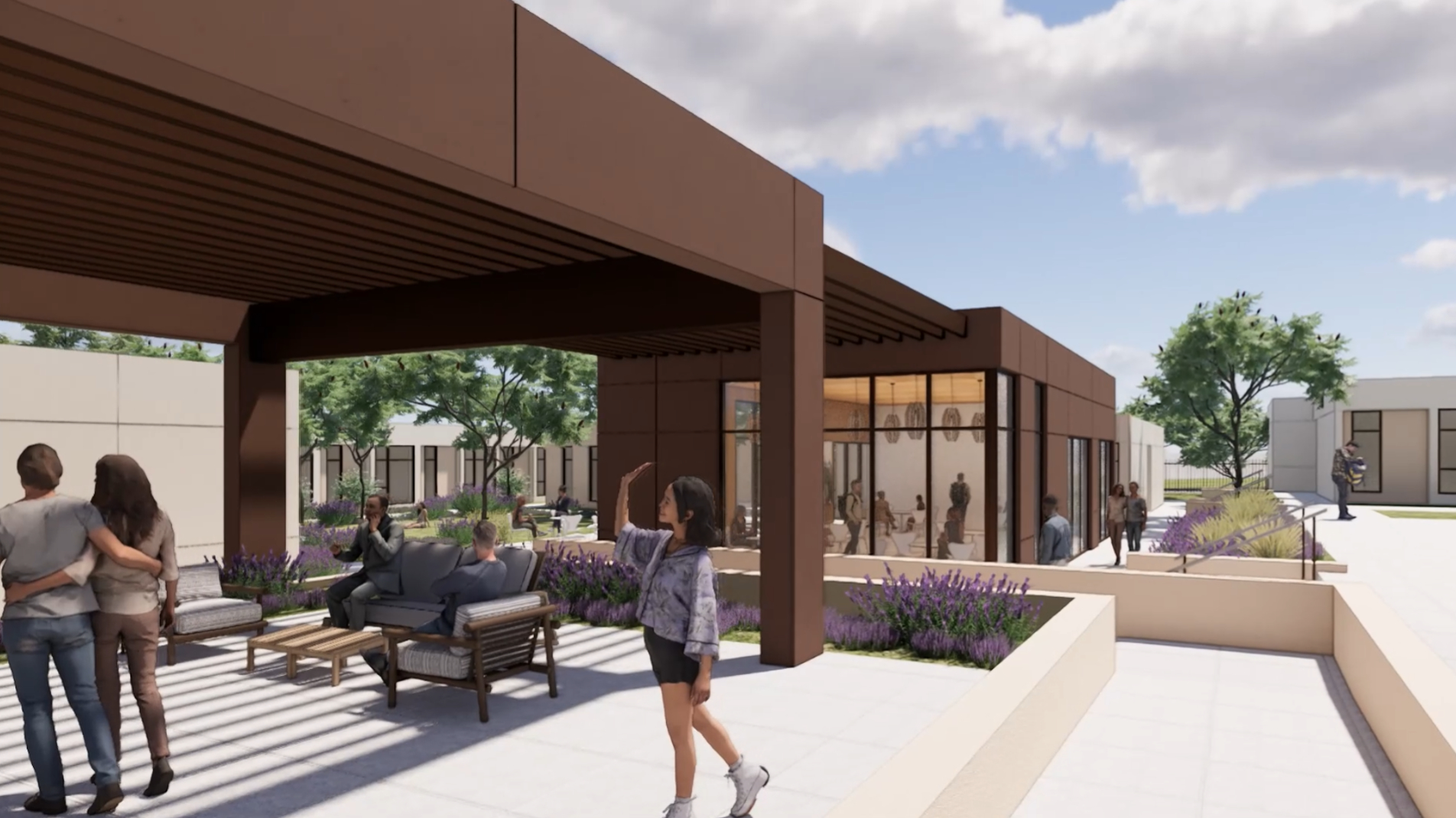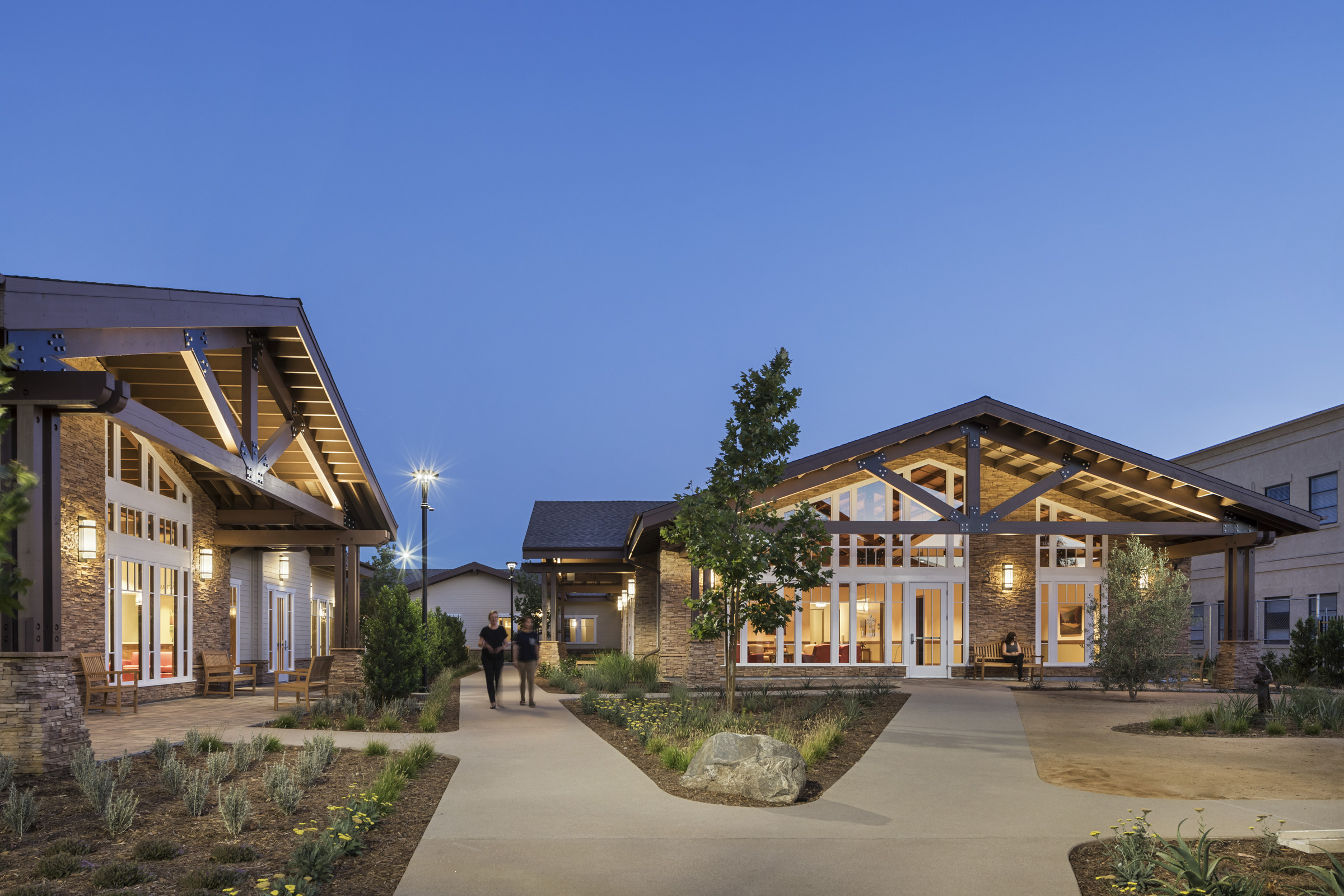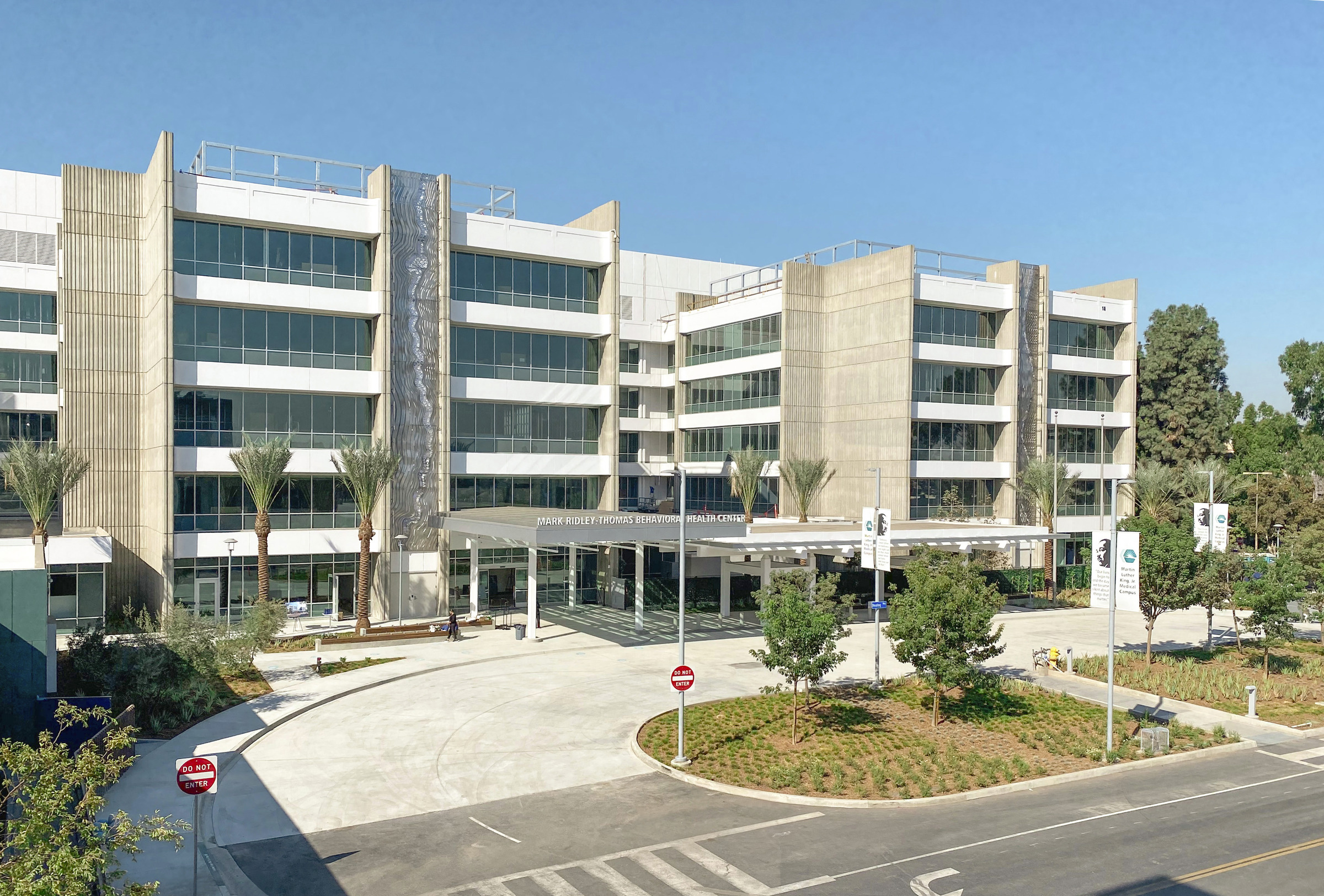I work in downtown Los Angeles, where I am reminded of our city’s mental health crisis each time I drive by Skid Row. At more than 4,400, the neighborhood contains the nation’s largest unhoused population, and its streets are filled with people who are deeply impacted by either mental health challenges or drug addiction, or a combination of the two. Beyond this downtown enclave and elsewhere in the country, adults, teens, and children struggle with depression, trauma, substance-use, violence, poverty, and sexual and physical abuse at a growing rate. Left unchecked, these destructive cycles can ruin lives, but holistic community support around mental and behavioral healthcare, education, housing, and job training can stop that spiral.
May is Mental Health Awareness Month, yet being aware of these systemic challenges is only the first step. We need to work collaboratively with counties, healthcare systems, and behavioral health professionals to create lasting and impactful design solutions. Perkins Eastman’s healthcare team works both regionally across Southern California and across the United States to create facilities that address the entire care spectrum. Every individual’s journey toward healing is unique, yet they all need to feel safe, secure, dignified, and accepted along that path.
Our work ranges from mental health outpatient clinics and urgent care to substance-use disorder recovery centers, recuperative care centers, and crisis stabilization units. We also design for the more serious levels of inpatient care such as acute psychiatric hospitals, psychiatric-health facilities, and mental-health rehabilitation centers. This full continuum-of-care approach tailors each facility to specific levels of treatment that align with our clients’ goals to provide compassionate services to treat the whole person. We achieve these patient-centered environments through strategic design solutions and medical planning, creating spaces to meet diverse patient needs.
Currently, we are working with Los Angeles County to program and plan a Restorative Care Village on the Harbor-UCLA Medical Center campus. It is designed to serve as a home away from home, with a village-like healing environment and plentiful outdoor access. The daylight-infused buildings will offer both inpatient residential units and outpatient clinics.
